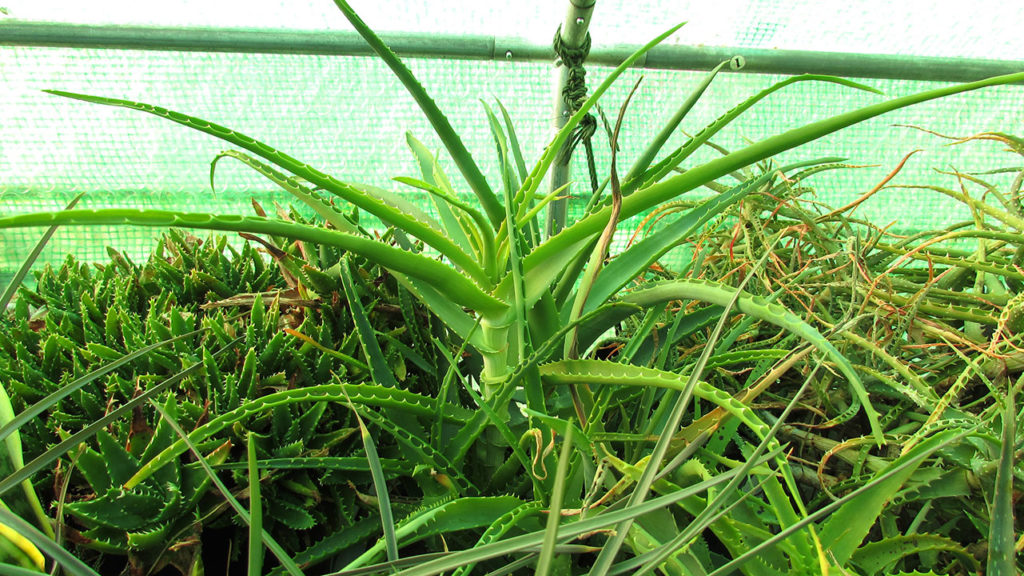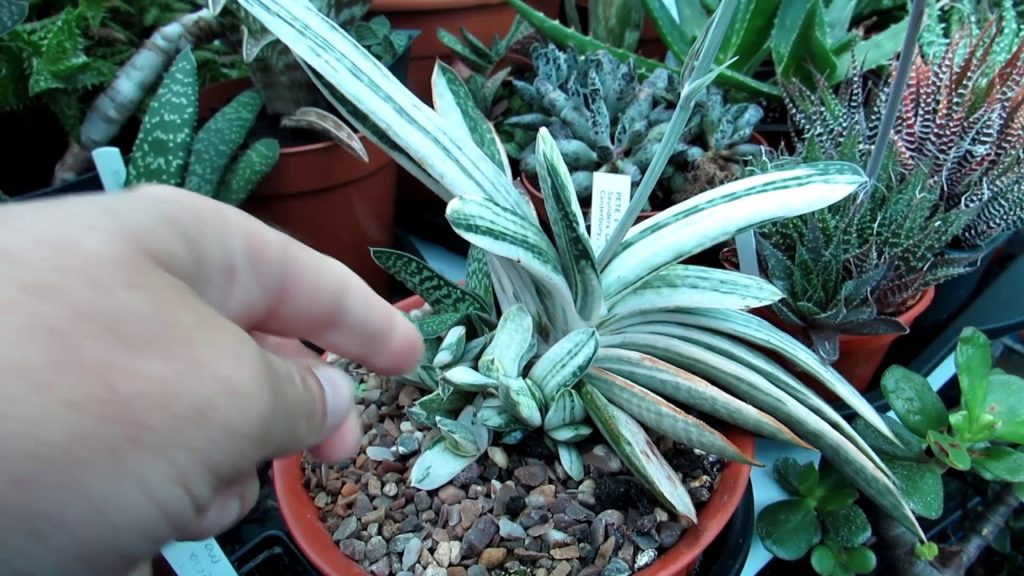Hi Guys 😀
In this Blog I share with you my Top 5 Succulent Plants To Grow For Beginners 😀
There are many Succulent Plants that are wonderful to grow but these are my recommendations on what I think are very easy for beginners to start with, and in this Blog I will be sharing links to pages and videos that I have wrote on this website and also videos I have made on my You Tube Channel called Desert Plants of Avalon to help newbies to grow and care for these incredible succulents.
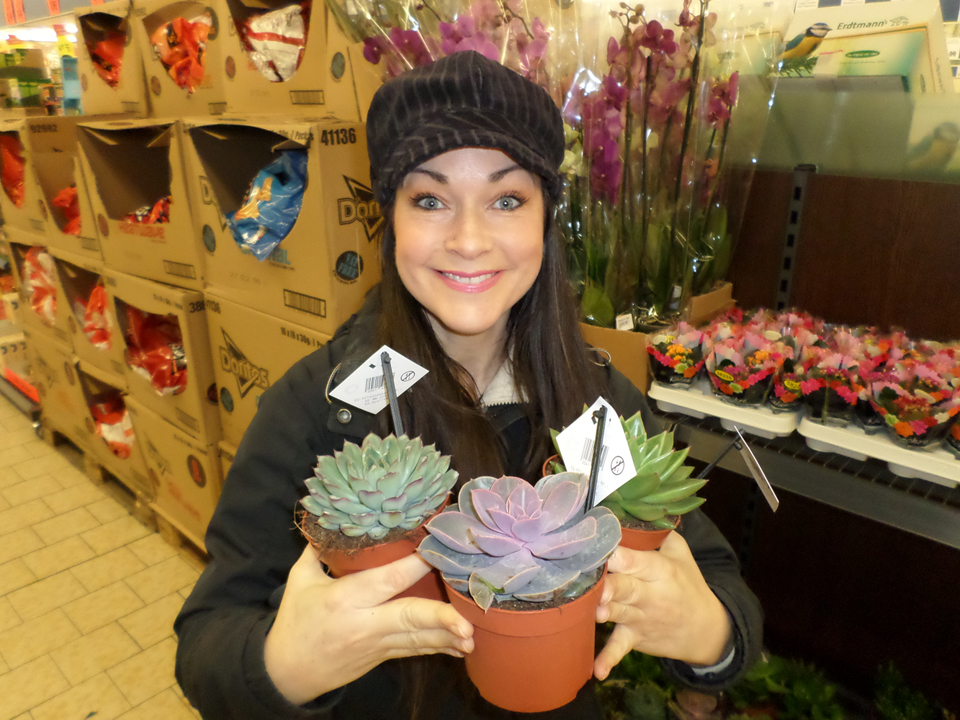
1,ECHEVERIA:
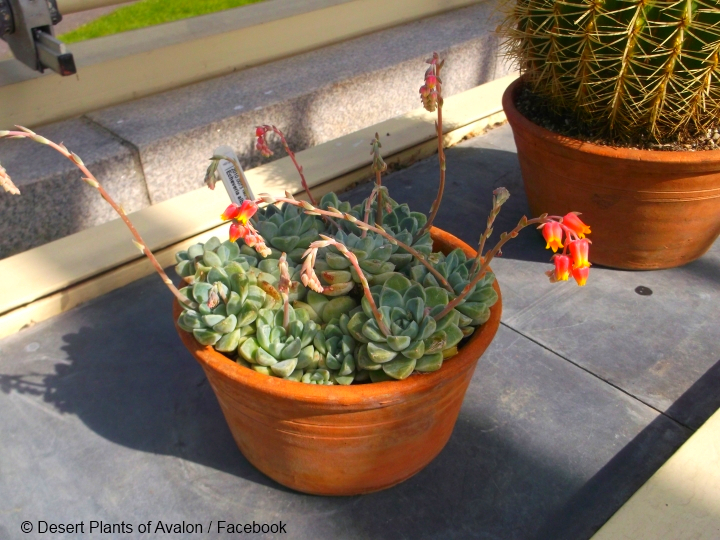
Echeveria’s are one of the most beautiful Succulents to grow, they grow with a rosette appearance that always remind me of a flower. There are many different types of Echeveria that are easily available for sale at many garden shops, and plant nurseries.
If you can provide them with plenty of sunshine in Spring and Summer and a well draining soil, and a cool and mostly dry winter rest period then they will readily flower all through the Spring, Summer and often into late fall /Autumn too.
Graptopetalum and Graptosedum are also excellent plants to grow for beginners and resemble Echeveria and the care for both of them is the same as Echeveria.
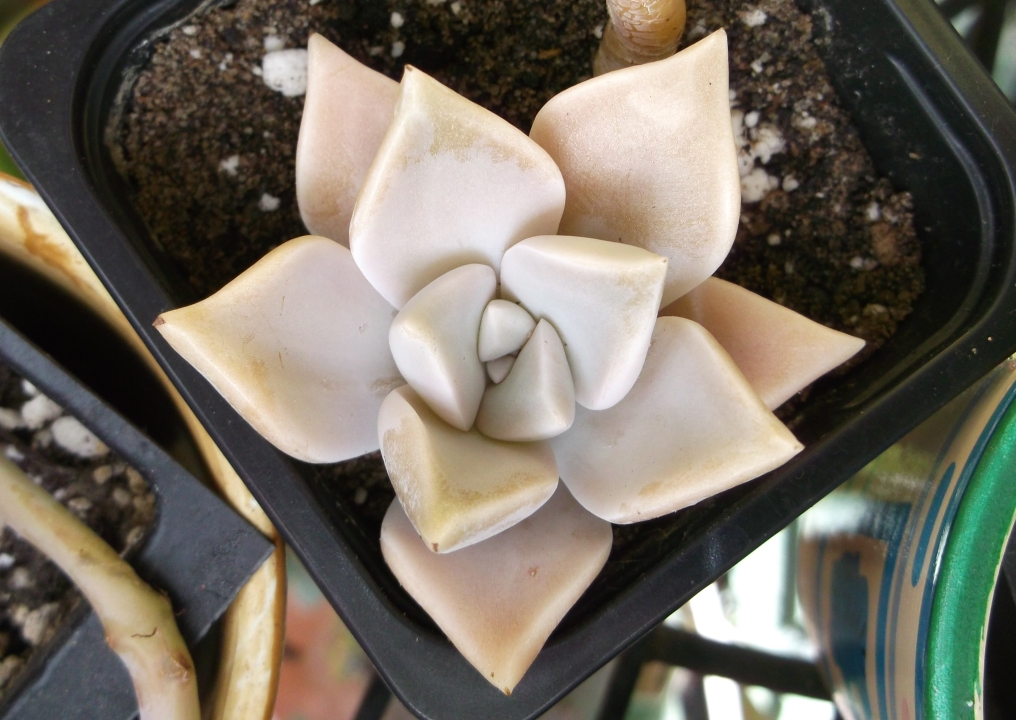
I have made a video on my You Tube channel called Desert Plants of Avalon on How To Care For Echeveria and I share lots of tips and tricks on How to care for them and you can watch this video below:
2, GASTERIA:
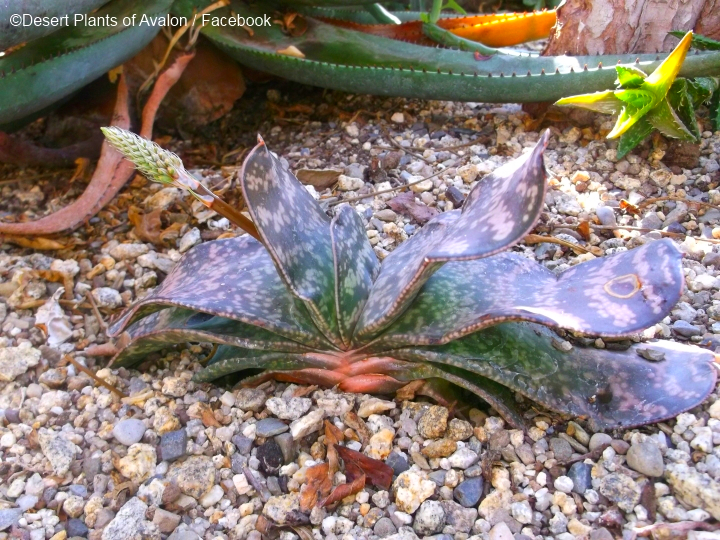
Gasteria’s are wonderful small growing compact plants that are ideal for people who do not have the space for large growing plants. The are often variegated and have wonderful patterning to them. Gasteria’s are also more shade loving than many other Succulents, making them ideal for growers who do not have south facing windows or positions, although many Gasteria’s can also tolerate full sun too as well as more shade.
Provide Gasteria with a bright position and a well draining soil and they will also readily flower from spring and Summer and into the Fall / Autumn.
I have made a video on my You tube Channel called Desert Plants of Avalon on How to Care for Gasteria and you can watch this video below:
3, HAWORTHIA:
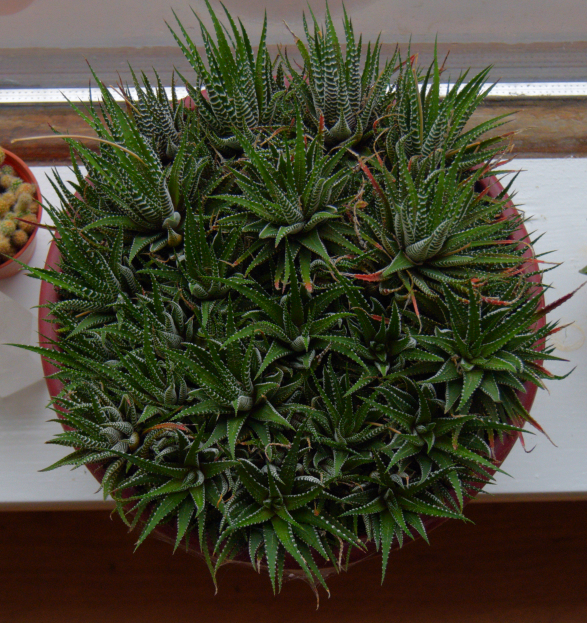
Haworthia plants are very easy to grow and also nice and compact making them ideal for growers who do not have much space for the larger growing succulents. Haworthia is also perfect for people who don’t have sunny windows or positions as Haworthia prefer to be grown in more shade than many other Succulents, and although they appreciate some early morning sunshine, they can be grown in a bright position with indirect sunshine, or even a bright well lit position that does not receive any sun, although these plants will flower more readily if either a couple of hours f morning sun or indirect sunshine can be provided.
The rosettes form into little clumps over time and will eventually fill a bowl with their rosettes, the rosettes can also be separated from the parent plant and be planted up individually.
The flowers are not the most impressive on these plants but their foliage and rosette appearance to the leaves make them very attractive to grow for their foliage and ease of care.

Haworthia like all Succulents like a very well draining soil mix and to dry out in between waterings, and prefer to be kept more cool and dry over the Winter.
4, ALOE:
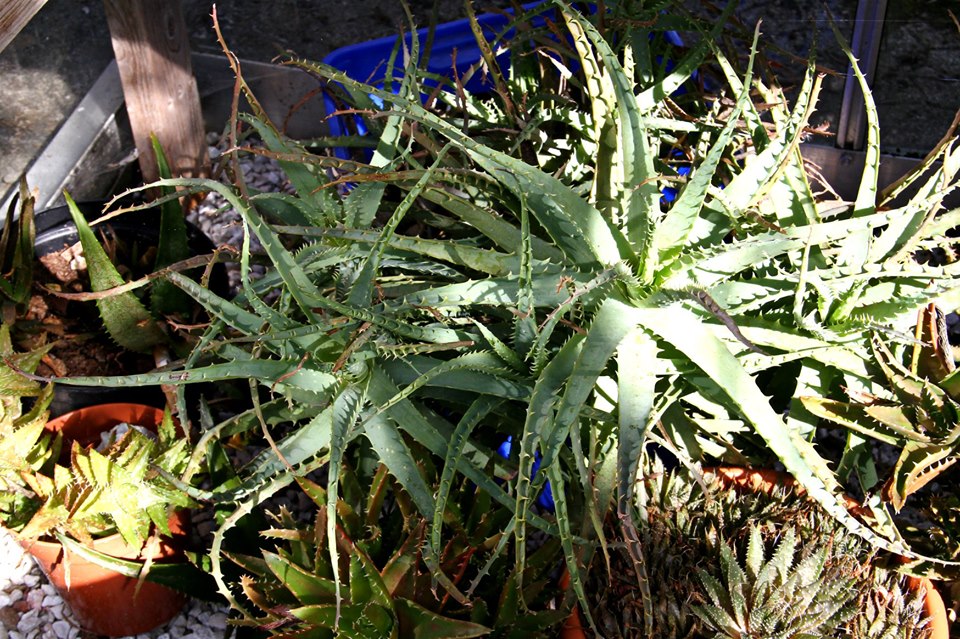
Aloe Plants have to be one of the most famous of all succulent plants to grow, the most well known being the very common Aloe Vera, Aloe Vera is commonly always seen for sale at almost any garden shop or plant nursery, its a very easy and fast growing succulent with many well known medicinal and skin care uses.
There are many different types of Aloe plants, some are smaller and some can grow very large over time, making them ideal specimens for growers who love larger plants or have greenhouses or conservatories. Many Aloes especially the many hybrids now available will stay small and grow into clumping rosettes, and because this genus is so varied it makes it ideal for growers who love either small growing or very large growing Succulents.
Aloes do need lots of sunshine otherwise they will grow thin and leggy. However if growing Aloes behind glass or in a greenhouse its best to provide some shade in the strong midday sun in Summer. Aloe plants need a very well draining soil, water only when the soil has completely dried out in the pot before watering again, keep the soil dry during Winter with occasional watering if growing Aloes indoors in winter.
I have made a video for my You Tube Channel called Desert Plants of Avalon on How To Care For Aloe and you can watch this video below:
5, CRASSULA:
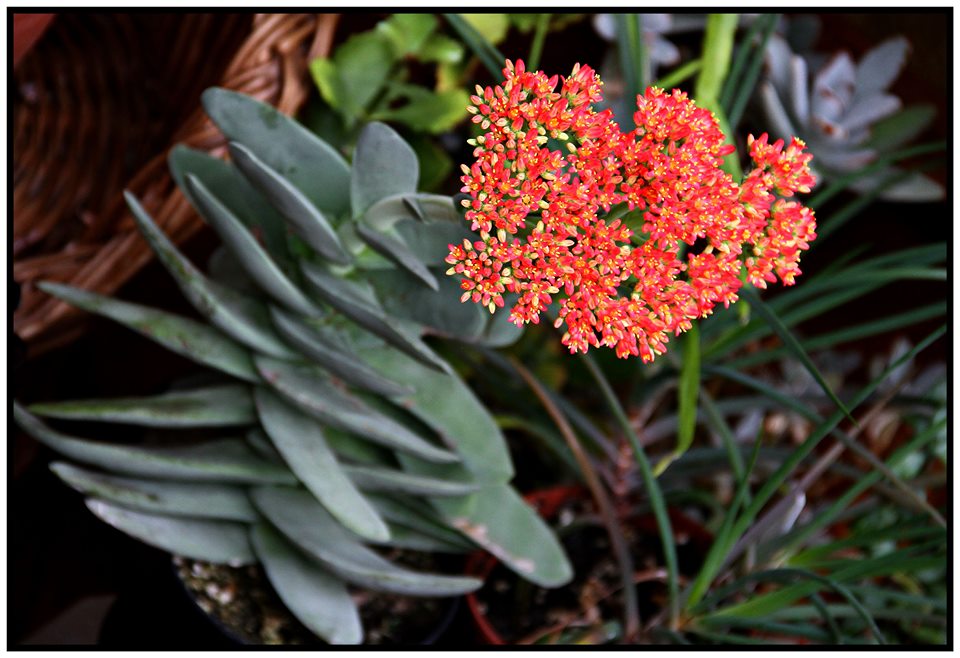
Crassula is a very large and very varied range of many Succulent plants, the most common one being the Jade Crassula Ovata, also known as the Chinese Jade Money Plant. Crassulas are wonderful plants for beginners and also perfect for growers who want to see flowers in Winter, as many Crassula will flower in Winter as well in Summer and quite often Crassula’s will prefer to have a bit of a dormancy in mid Summer when everything else is in flower and growth.
Crassula like a sunny position to encourage them to flower, they also need a well draining soil and the soil to dry out completely in between waterings,
There are many small growing Crassula that are ideal for a nice sunny windowsill and also many crassula like the Crassula ovata that grow large into a tree over time.
If I had to pick just one Crassula to grow I would chose the Crassula ovata, its a classic favourite and easy to prune and keep in shape and if you want to know How to get your Jade Crassula ovata to Flower check out this video I have made for my You Tube Channel called Desert Plants of Avalon on How To Get your Jade Crassula Ovata to Flower and you can watch this video below:
I hope you found my Top 5 Succulents to Grow for Beginners Blog helpful and if you want to watch a video that I have made for my You Tube Channel called Desert Plants of Avalon on the Top 5 Succulent Plants To Grow for beginners you can watch this video below:
Thank you all for reading Guys and Happy Growing to you <3

